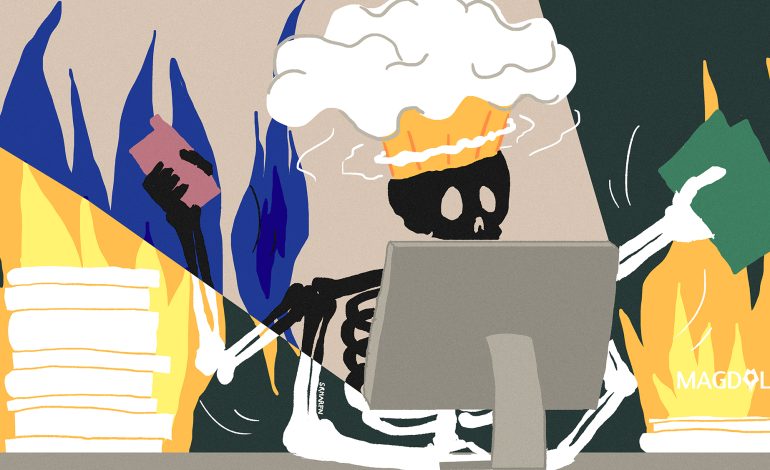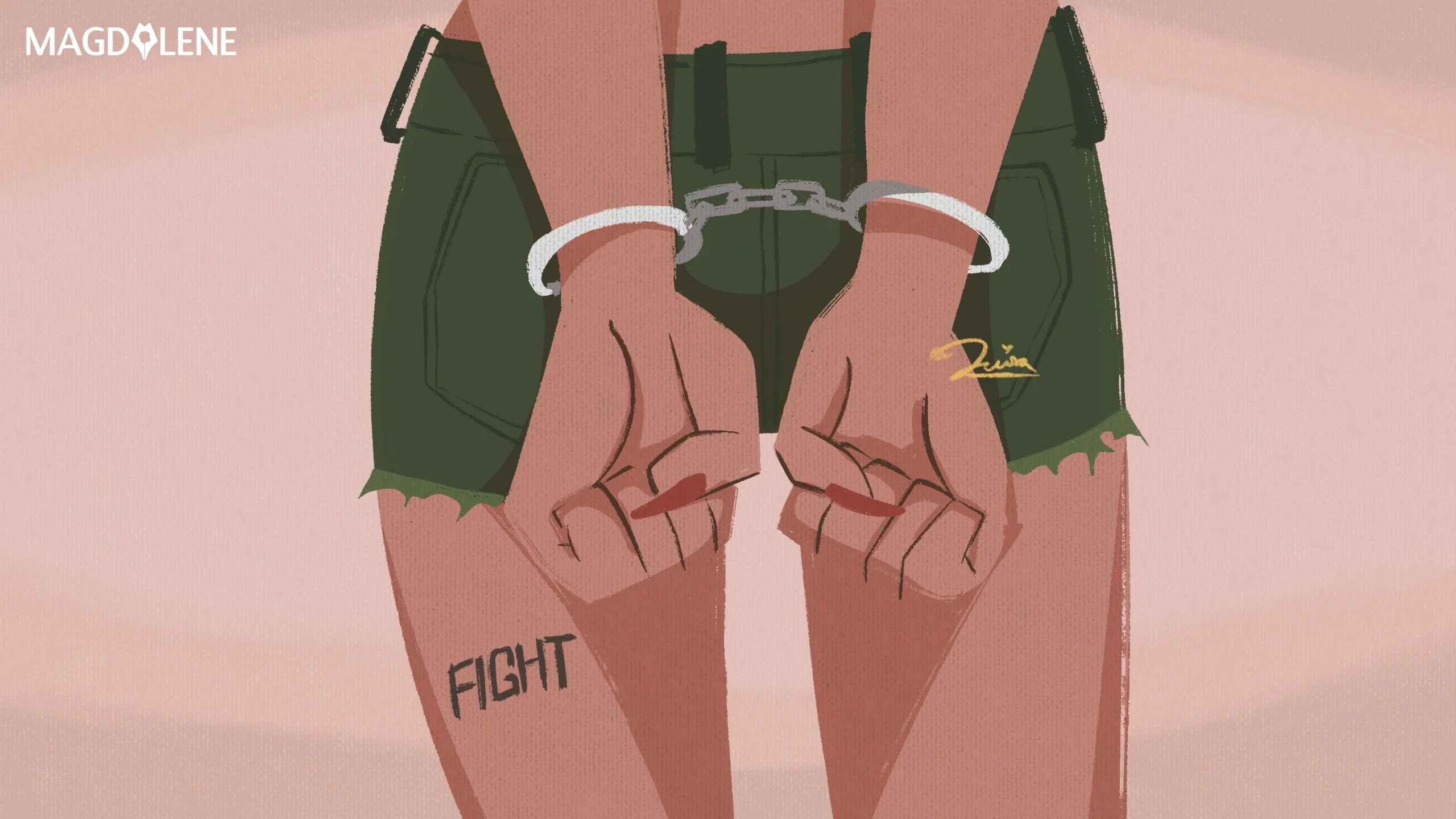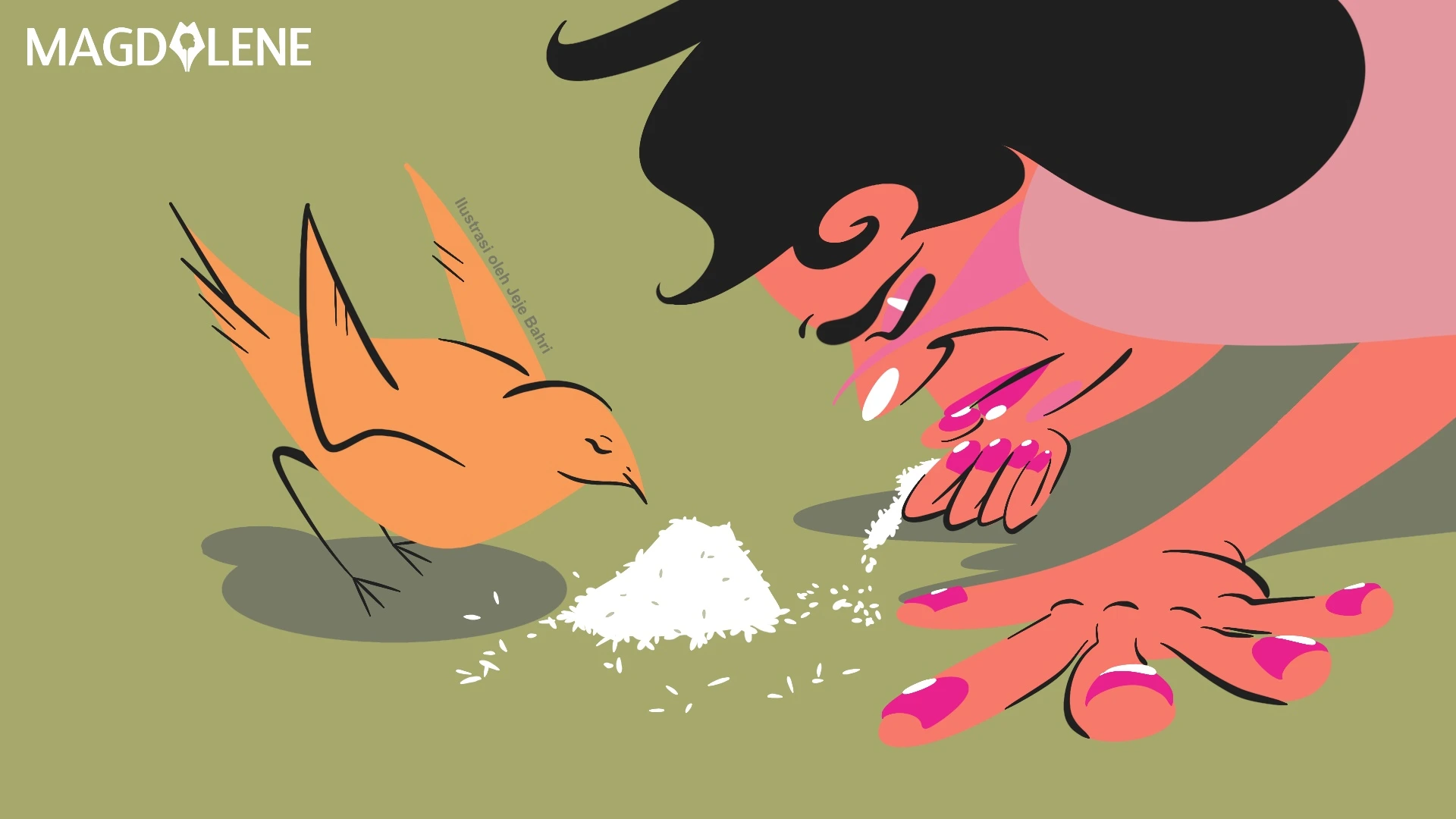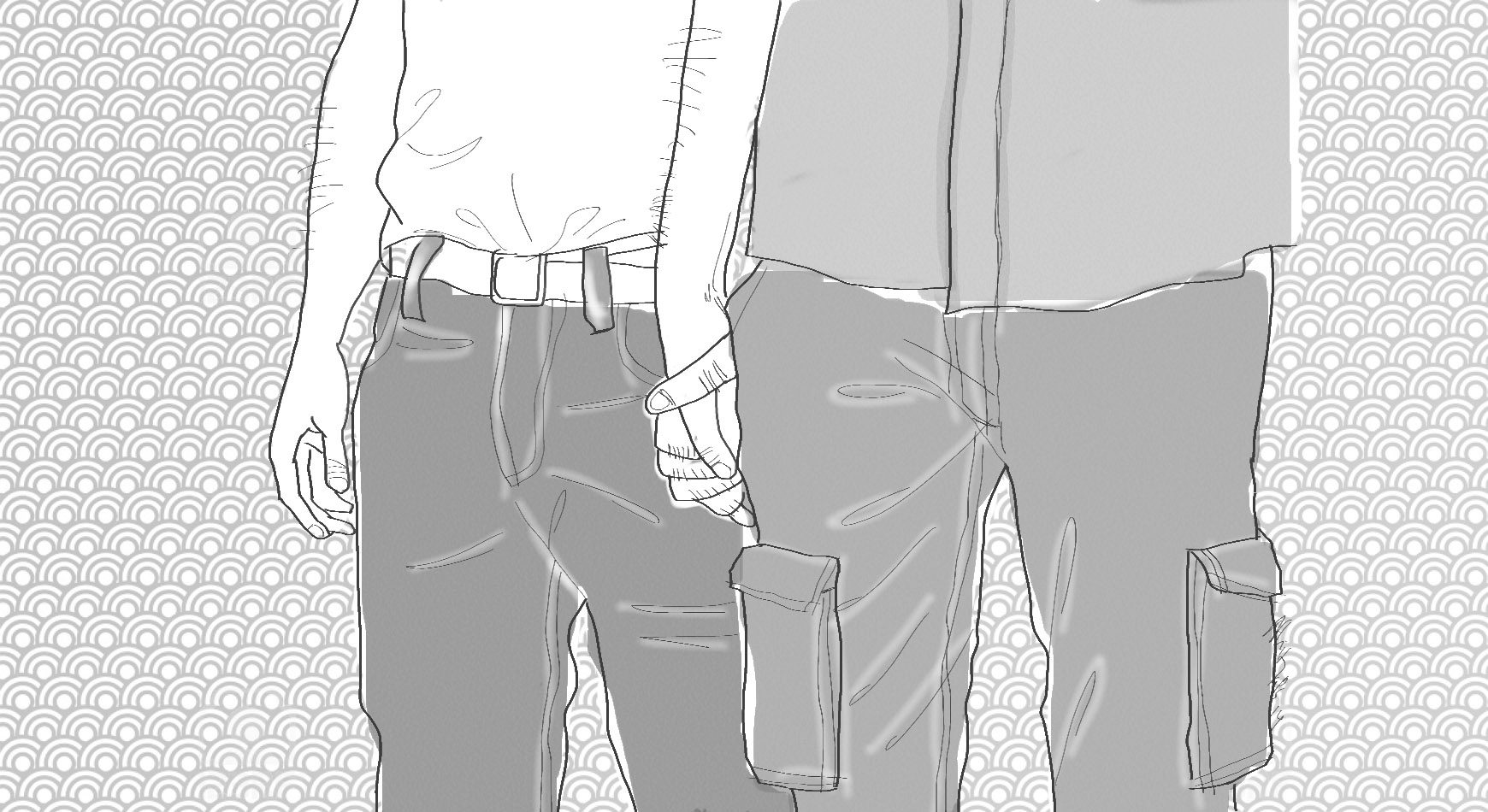How to Stop Coronavirus Lockdown Reinforcing Sexist Gender Roles
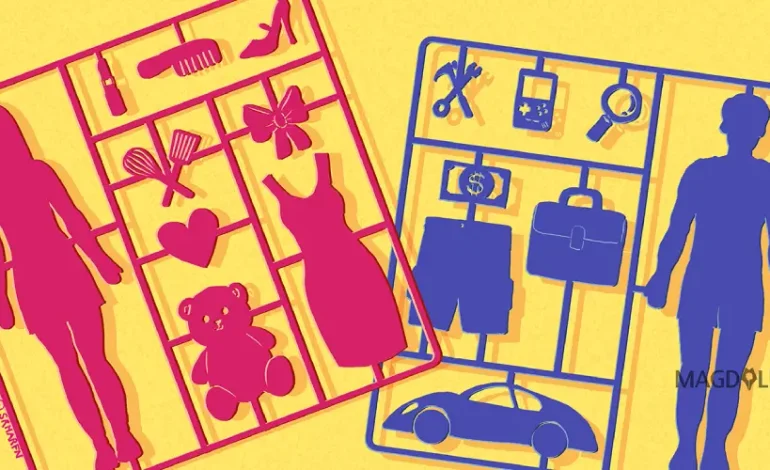
As the COVID-19 virus spreads across the world, many governments have shut down schools, nurseries and other care providers. With more and more people working from home, it is likely that many families will find themselves in a situation where both parents are trying to work from the kitchen table while also attempting to home-school the children.
This, on top of the regular household chores as well as cooking and cleaning can feel like an extra load for many parents at this time. The likelihood is though that despite both parents now being at home, much of the “domestic” work will still land squarely on the shoulders of the women of the house. So much like the 1950s housewife, women will not only be expected to make exciting meals, keep the house clean and tidy and the children entertained–but she’ll also have to do all this while working from home.
In her seminal work, professor of sociology Arlie Hochschild looked at heterosexual couples in the 1970s and 1980s and noted that women were doing what she termed “the second shift”. So despite record numbers of women being in the labor market, women still end up going to work and then coming home to do a second job – namely the bulk of housework and childcare.
Although her data is from the US and almost 40 years old, the most recent analysis of parents’ time in the UK in 2015 found that women still spend two if not three times as much time on care and routine housework compared to men. Even when both parents work full-time, mums still carry out almost double the amount of childcare compared to fathers.
Also read: Sharing Joys and Chores, the Case for Joint Parental Leave
‘Woman’s work’
With schools, nurseries and afterschool clubs closed, this is the end of the facilities that relieve parents–but mostly women–of their care responsibilities. Indeed, it is through the introduction of affordable and accessible childcare that women were able to take part in the labor market after childbirth. With this ending, that care burden now lies with the family again.
Now you may think that if both parents are able to work from home, both fathers and mothers can share the load. Theoretically that can be the case. But as our research has found in several studies, working from home tends to lead to a more traditional division of labor.
A recent German study has shown that when women work from home, they tend to do three hours more childcare compared to women who do not work from home–while men who are home-workers end up doing more overtime hours.
Similar patterns have been found across the world, including in the US and Poland. The reason for this is because our societies still believe that women hold the responsibility when it comes to housework and care, while men are still mainly responsible for the bread-winning.
In the 2017 British Social Attitude Survey, for example, two thirds of respondents say that it is better for mothers to stay home or work part-time when children are under school age. The majority felt that fathers, on the other hand, should work full-time. So it is highly likely that for as long as the schools and nurseries are closed, women will carry out the role of teacher while also trying to ensure they themselves get some work done.
The mental load
The world is a scary place for children and teenagers at the moment, and mothers across the world are also undoubtedly having to carry out the “third shift”–ensuring the emotional wellbeing of not only her children but also parents and other family members. In other words, they are in charge of the mental load of worrying about the family.
Also read: My Mother Cannot Cook and That is Fine
This triple-load women are carrying may exacerbate the high levels of stress that mothers are already at risk of, along with other mental health issues.
So to mums I say this: you are amazing for trying to do everything but you need to understand that you are trying to do three people’s job in a time of crisis–when your mental health and capacity will have also suffered. Give yourselves a break.
This is also a time for couples to have an honest conversation about who is doing what–and how things can be made fairer. There are some great websites and books to help you divvy up the chores.
I know it might not feel like the right time but it’s important–and studies show that dad’s involvement in childcare and an equal division of housework leads to good outcomes for children, their relationship with dad, as well as improvements in the couple’s relationship. It also increases dad’s own wellbeing and can plant the seeds of a more equal society for the future. Ultimately, dads need to and want to take on these roles.
But more importantly, employers may also need to be realistic about what working parents, and other workers, can do at this point. Many were able to perform the “ideal worker” image, where they have no other responsibility outside of work, but it will be difficult to maintain that in these times for both men and women.
This article was first published on The Conversation, a global media resource that provides cutting edge ideas and people who know what they are talking about.

